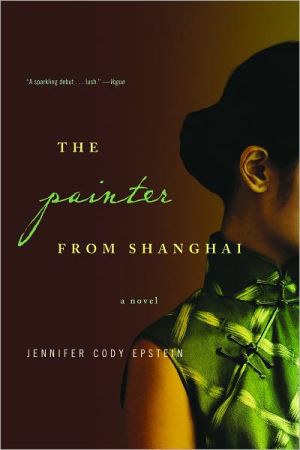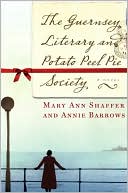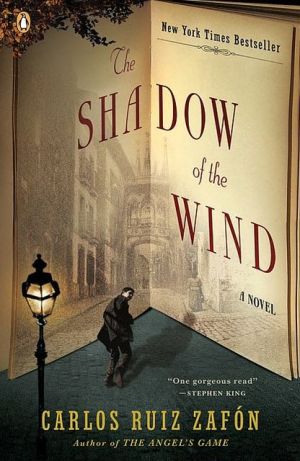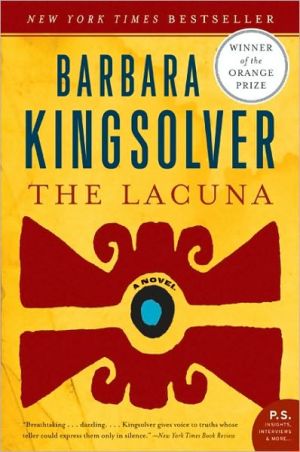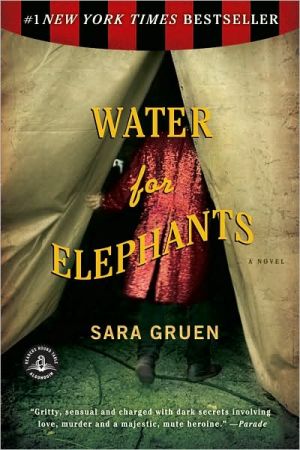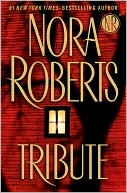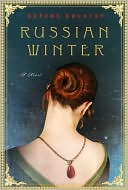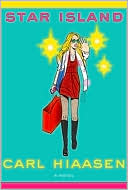The Painter from Shanghai
“A historical novel on a grand scale . . . a dark love story, a triumphant tale of survival.” —Maureen Howard\ Down the muddy waters of the Yangtze River, through the raucous glamour of prewar Shanghai and the bohemian splendor of 1920s Paris, and back to a China teetering on the brink of revolution: this is the epic story of Pan Yuliang, one of the most talented—and provocative—Chinese artists of the twentieth century.
Search in google:
Reminiscent of Memoirs of a Geisha, a re-imagining of the life of Pan Yuliang and her transformation from prostitute to post-Impressionist.The New York Times - Sarah TowersIn this age of memoir and thinly veiled autobiographical fiction, writers who take high dives into deeply imagined waters have become increasingly rare—and valuable. What a pleasure, then, to discover that Jennifer Cody Epstein, whose luminous first novel, The Painter from Shanghai, is based on the actual life of Pan Yuliang, a former child prostitute turned celebrated painter, also happens to be one such writer…In an epigraph, Epstein quotes the English painter John Sloane, who wrote that "though a living cannot be made at art, art makes life worth living. It makes starving, living." In the end, this is precisely what Epstein illustrates in her moving characterization of Pan Yuliang…
\ From Barnes & NobleBarnes & Noble Discover Great New Writers\ Pan Yuliang was a girl with no dreams. Her parents were taken from her at a young age, then her uncle sold her into prostitution; it was enough for many years just to cope and survive. One day, fate places a kind gentleman in her path, and she begins to discover the city outside the brothel and the world beyond China's borders. As a larger canvas of life emerges, Pan realizes that she has something of value to say -- and a talent through which she can express herself. From Shanghai to Paris, Pan is challenged by the harsh realities in politics, art, and love, and must rely on her own strength to develop her talent. In so doing, she takes a relatively ordinary life and makes it extraordinary.\ \ A work of fiction -- but based on the life and work of a real artist -- The Painter from Shanghai transports readers to early-20th-century China, a culture marked by oppression. Epstein has proven herself a shining talent in this first novel, tackling such weighty questions as: How does a talented artist blossom, even under repressive conditions? What is art, and what is love? What makes a life well lived? The answers form a mesmerizing portrait of one young woman's journey to find herself and to nourish her creative talents despite appreciable odds. (Summer 2008 Selection)\ \ \ \ \ New York Times Book Review“Luminous . . . irresistible.”\ \ \ Vogue“A sparkling debut . . . lush!”\ \ \ \ \ Chicago Tribune“Engrossing. . . . Epstein’s spotless pace, vivid characterization and often-breathtaking descriptions elevate the novel above any initial similarities with Memoirs of a Geisha to become its own distinctive canvas.”\ \ \ \ \ Marie Claire“Epstein’s harrowing—and historically accurate—details show that through darkness comes greatness.”\ \ \ \ \ Sarah TowersIn this age of memoir and thinly veiled autobiographical fiction, writers who take high dives into deeply imagined waters have become increasingly rare—and valuable. What a pleasure, then, to discover that Jennifer Cody Epstein, whose luminous first novel, The Painter from Shanghai, is based on the actual life of Pan Yuliang, a former child prostitute turned celebrated painter, also happens to be one such writer…In an epigraph, Epstein quotes the English painter John Sloane, who wrote that "though a living cannot be made at art, art makes life worth living. It makes starving, living." In the end, this is precisely what Epstein illustrates in her moving characterization of Pan Yuliang…\ —The New York Times\ \ \ \ \ Publishers WeeklyEpstein's sweeping debut novel, set in early 20th-century China, fictionalizes the life of Chinese painter Pan Yuliang. Born Xiuquing, she is orphaned at a young age and later sold into prostitution by her uncle, who needs the money to support his opium habit. Renamed Yuliang, she becomes the brothel's top girl and soon snags the attention of customs inspector Pan Zanhua, who makes her his concubine. Zanhua sets her up in Shanghai, where she enrolls in the Shanghai Art Academy and early on struggles with life study, unable to separate the nude's monetary value from its value in the "currency of beauty." She eventually succeeds, winning a scholarship to study in Europe. But when she returns to China, itself inching toward revolution, the conservative establishment is critical of Yuliang, balking as she adopts Western-style dress and becomes known for her nudes (one newspaper deems her work pornography). Simmering resentments hit a flashpoint at a disastrous Shanghai retrospective exhibit, and the fallout nearly destroys Yuliang's artistic ambition. Convincing historic detail is woven throughout and nicely captures the plight of women in the era. Epstein's take on Yuliang's life is captivating to the last line. (Mar.)\ Copyright 2007 Reed Business Information\ \ \ \ \ Library JournalJournalist Epstein's first novel showcases two turbulent decades in Chinese history (1913-37) as experienced by prostitute-turned-painter Pan Yuliang. This fictionalized account of real-life artist Madame Pan reveals the woman who created some of China's most provocative post-impressionist paintings. Sold into slavery by her opium-addicted uncle, Yuliang survives life in a brothel, rises from maid to top girl, and eventually achieves quasirespectability by becoming a concubine (second wife) to an honorable civil servant, Pan Zanhua. He teaches her to read and write and helps her gain admission to the Shanghai Arts Academy. Throughout her career, Yuliang is criticized for painting nude self-portraits that reflect a Western sensibility. Her modern artistic and political convictions take a toll on her husband's career, and he allows her to follow her own destiny and supports her when she leaves China to study first in Paris and later in Rome. When Yuliang returns to China, she finds her country torn by political factions. Fans of Arthur Golden's Memoirs of a Geisha and Lisa See's Snow Flower and the Secret Fan will enjoy this engrossing story of a woman forced to choose between following her heart and pursuing her art. Recommended for public libraries.-Loralyn Whitney, Edinboro Univ. of Pennsylvania Lib.\ Copyright 2006 Reed Business Information.\ \ \ \ \ Kirkus ReviewsFictional portrait of Pan Yuliang, a real-life 20th-century Chinese prostitute turned successful artist. In the mold of Memoirs of a Geisha, Epstein's debut devotes itself to the exotic life of a woman whose early years were spent in the service of men. Orphaned Yuliang is 14 in 1913 when her opium-addicted uncle sells her into a brothel. Beatings are routine, and escapees are caught and murdered. Having learned to please clients, Yuliang rises to "top girl" and has the good fortune to meet a modern-thinking customs inspector, Pan Zanhua, who buys her freedom, "marries" her (he already has a wife and child) and moves her to Shanghai. There she develops an interest in drawing and becomes one of very few women admitted to the Art Academy. Epstein touches on the shifting political background as Yuliang travels to France and Rome and develops her controversial work, which sometimes uses her own naked body as subject matter. Later she returns to Shanghai and Nanjing where, in 1936, an exhibition of her "Western-style" art is vandalized. In 1937 she abandons Zanhua and leaves once more for France, as war with Japan looms. She dies in 1977, only "modestly successful in the commercial sense," but with awards to her name and a body of some 4,000 works of art. The enlivening spark flickers only intermittently in this professional account of an unusual life.\ \
